Crosses reaching out to sea over Omaha Beach. Almost 10,000 men rest here. More died. The thin,
mishapend trees give you an idea of the harsh weather along Normandy beaches.
This Thanksgiving, while I’m still thankful for family, friends, enough food to eat, the ability to see a doctor when sick, and all the other things that make life good I am grateful for something new. Unexpectedly, I found it in France.
Part of our river cruise was to see the D-day beaches in Normandy. Their images were imprinted on my brain, especially with the marathon war documentaries and movies on The History Channel every Memorial Day. I thought it would be like when you finally get into the room with the Mona Lisa at the Louvre and say, “That’s it? That little thing? What’s all the fuss?” I was eager to get to the American Cemetery because I have loved the beauty and serenity of National Cemeteries ever since, as a Girl Scout, we hiked the Civil War battlefield of Shiloh National Military Park in Tennessee and at the end had the land open up into V’s of white crosses that stretched to eternity. For my own father and grandfather at Jefferson Barracks in St. Louis, I love to go just before closing as the deer come out at dusk to feed amid the headstones.
But as we drove down country roads that hadn’t changed much except for the paving, the tour guide pointed out that there weren’t many old buildings. The Germans forced the townspeople out and demolished the towns so Allied troops would have no place to hide. What used to be centuries-old villages now were little pink weekend vacation cottages risen from the ashes of war. We saw farm fields instead of Norman cows grazing because so many had been killed by battles or eaten for survival that they no longer filled the neatly, walled parcels of land.
Brad next to the remains of war at Arromanches
The full impact of the invasion swept over me when we hit the beaches at Arromanches. While all the mines the Germans had planted have been removed, the hulking, barnacle-covered pontoons of landing forces and the temporary harbor that had been constructed immediately after the invasion remain to give some perspective of what it took to get those soldiers and tanks across the English Channel and to shore. The beaches were so wide that they seemed to stretch all the way to England. The Germans thought that the Allies would come at high tide to avoid the open space, so they had planted and wrapped with explosives large, sharp obstacles of wood, cement, and steel to tear out the bottom of landing ships. As a result, for the invasion the soldiers had to hit land at low tide and make their way across this minefield in the early hours of dawn. I can’t even imagine what physical and emotional strength it took for the young men to run onto the beaches and keep moving forward as the Germans sat on the high ground, picking them off like the proverbial shooting gallery. There really was no way but forward.

Windsurfers next to decaying landing pontoons
As I strolled calmly along the beaches among the windsurfers, joggers, and parents playing with dogs and children, I knew something of the distance, and the wind, and the rain that made this attack even more dangerous, for bad weather is constant in Normandy. They say it rains twice a week in Normandy, first for three days then for four. And the rain was coming down as I tried to keep my camera dry, whipping it out for a quick picture with one hand while holding my hat with the other before sticking it back under my scarf.
Aerial shot of bocages that men and tanks had to penetrate to fight
The hedgerows - or bocage in French - that still line many of the roads in Normandy were for centuries a utilitarian feature in daily life. For the stone and thatch homes they served as windbreaks from the incessant ocean wind of Northern France. Or they provided privacy for the courtyards of village farmhouses. They marked fields for the small crop acreage or to keep the iconic Norman cows contained. During the war, however, they turned sinister and deadly. Planted atop raised mounds of earth, the tightly woven thickets provided perfect cover for the Germans to hide and pepper the Allied troops who had just landed on the beaches as they moved down the dirt roads closely hemmed in by the village buildings. It was impossible to escape. And still they stand, silent witnesses to the man-made chaos and horror of war.
Our guide was from the Norman area. Her family had lived there for generations. When she spoke of the Vichy government during that era she almost spit in her disgust. She had tales from older relatives of lives turned upside down when all they wanted was to fish and tend farms. They evacuated their Norman villages and kept on the move, hoping to find safety. Her grandfather, she said, rarely spoke of the battles that now make that region a tourist mecca. While I had no family member who had fought that battle, many on the bus had the same story to tell. They were there for their soldier fathers and grandfathers, trying to understand what they had experienced because they had said very little about that battle once they came home.


From outside and inside the bunkers overlooking the beaches of Normandy
Only by standing on the beaches, driving through the claustrophobic hedgerows, or visiting the cemetery and listening to the stories told in the words of the soldiers in visitor center movies did they begin to understand why their fathers and grandfathers said little about one of the most significant days in world history.
“The Greatest Generation” has been thrown around so much that its meaning had become a bit diluted. But standing on the beaches of Normandy I comprehended the all-or-nothing risk that the Allied troops took on to capture those concrete bunkers hurling fire and death down on them. I understood that “The Greatest Generation” was not an exaggeration. The level of cooperation among nations, the boldness of thinking, and the degree of sacrifice to literally save the world is something we see today primarily in movies with Will Smith or Bruce Willis single-handedly fighting aliens in space.
I stood on the beaches realizing that there was not one speck of cover. When the ramps of the landing craft lowered the soldiers had no option but to race forward across the wide beaches of Normandy -- beaches that now hold thousands of holiday revelers on a summer weekend. They pushed forward, often dragging their injured comrades with them as they sought cover. They climbed the cliffs to the bunkers and kept fighting against all odds.
For that I’m truly thankful.
What are you thankful for this year? Tell us in the comments box and then get to baking those pies for your family. Happy Thanksgiving.
If you’ve never seen the opening to Steven Speilberg’s movie Saving Private Ryan, you need to watch it to understand what it took for the soldiers to cross the distance from sea to land and up to the concrete bunkers of the Germans.









































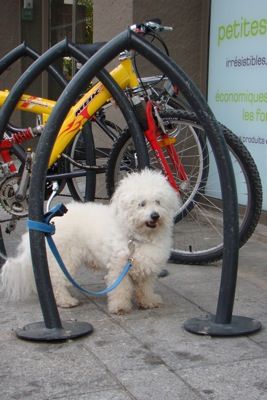


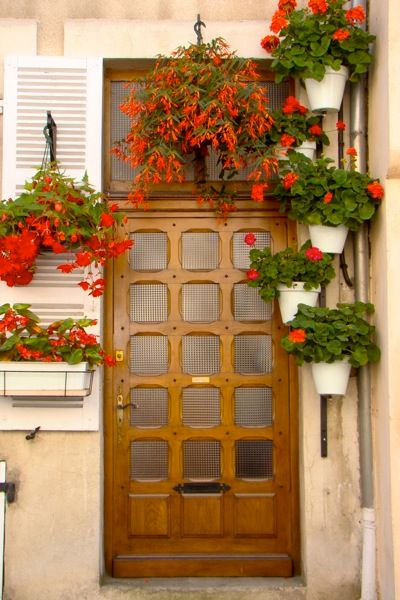
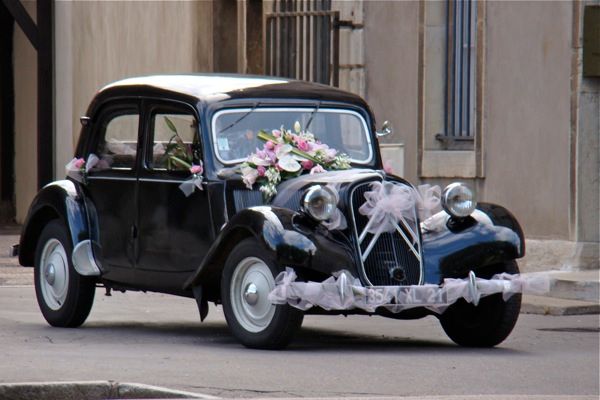

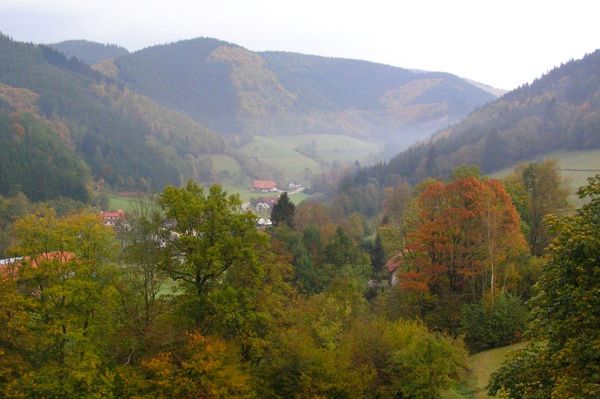
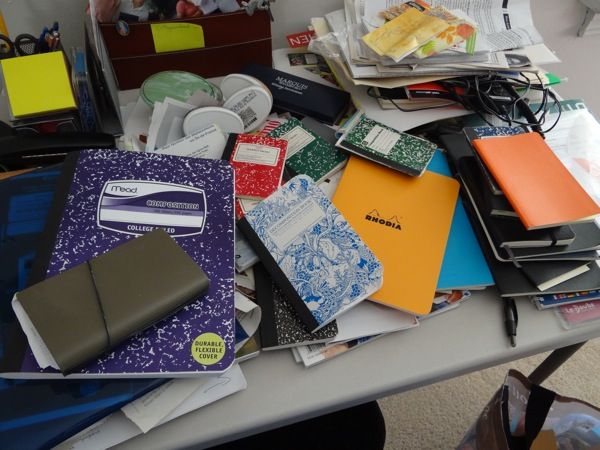





![Grace [Eventually]: Thoughts on Faith](http://photo.goodreads.com/books/1166504427s/12542.jpg)








